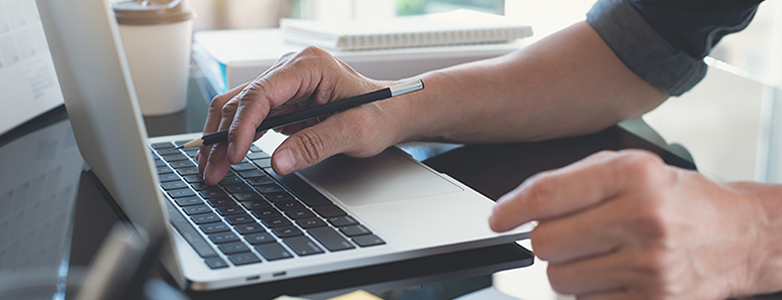These days, it’s not uncommon to see somebody working or enjoying leisure activities on their laptops, thanks to their convenience and portable sizes. In fact, they have almost become an essential tool for students and those who work from home. Over the years, however, our once brand new, lightning-fast machines begin to feel sluggish as we continue to use them daily. While it might seem like a sign it’s time to go out and buy a brand new one, there are some things that you can try out beforehand that might improve speed and save you the trouble of buying a new laptop.
In addition to the following tips on how to increase laptop speed, there are many programs like iolo that can help your computer get back up to speed. Let’s dive right in!

Delete Unnecessary Files
This is likely the biggest culprit for most laptop owners. Like a cluttered closet, it can be easy to forget the things we tend to save on our computers and where we saved them. This can be things like college papers, old PowerPoint documents, spreadsheets, a folder of selfie photos, music files, and so much more. Over time, these files take up space on your computer’s hard drive and will quickly slow down your device if you let them accumulate.
Take the time to go into folders where files may have been saved and if they are no longer needed, delete them. A good tip is to keep your laptop’s storage at no more than 75% of its max capacity to keep it running at peak speeds.
Uninstall Programs You Don’t Use
Another way to increase laptop speed is to remove programs from your computer that you rarely or never use. Some personal laptops will automatically ship with pre-installed applications already or begin the process of downloading them when you first set up your device. Some examples of this might include Netflix, Skype, generic photo and video software, and maybe a few games. While it might seem thoughtful to have these included already, not everyone may have use for them, therefore taking up valuable space.
It’s also a good idea to look for any kind of application or program you don’t remember installing yourself and looks harmful or suspicious, as this might be some kind of “bloatware,” or software on your computer simply taking up precious resources on your laptop. Thankfully, removing them is pretty simple to do from your computer’s settings page where programs are located.
Run Fewer Apps Simultaneously
Keep Your Laptop Up To Date
Check for Malware
Upgrade RAM and Storage
If your laptop allows, it is possible to make some easy modifications to the factory specifications when it comes to hardware. The first is by simply adding additional memory, or RAM, to boost performance when running applications and programs. Most laptops will come with 4 to 8GB of RAM, which for most people is plenty enough, but if you find yourself using multiple programs that are RAM intensive, adding more memory can alleviate the slow performance.
Additionally, upgrading your stock Hard Disk Drive (HDD) to a Solid State Drive (SSD) can drastically improve your laptop speed, since SSD’s have no moving mechanical parts and are often more compact. The trade-off being, though, that they can be pricey, especially as you move into larger storage sizes. If you value the improved speeds and increased longevity of your laptop’s usefulness, then upgrading these components is a must.
If you or someone you know is looking to increase the speed of your laptop, these are great starting points for doing just that. We spend a lot of money on our laptops, so it only makes sense to get as much use over time with them as possible before it becomes necessary to replace them.








